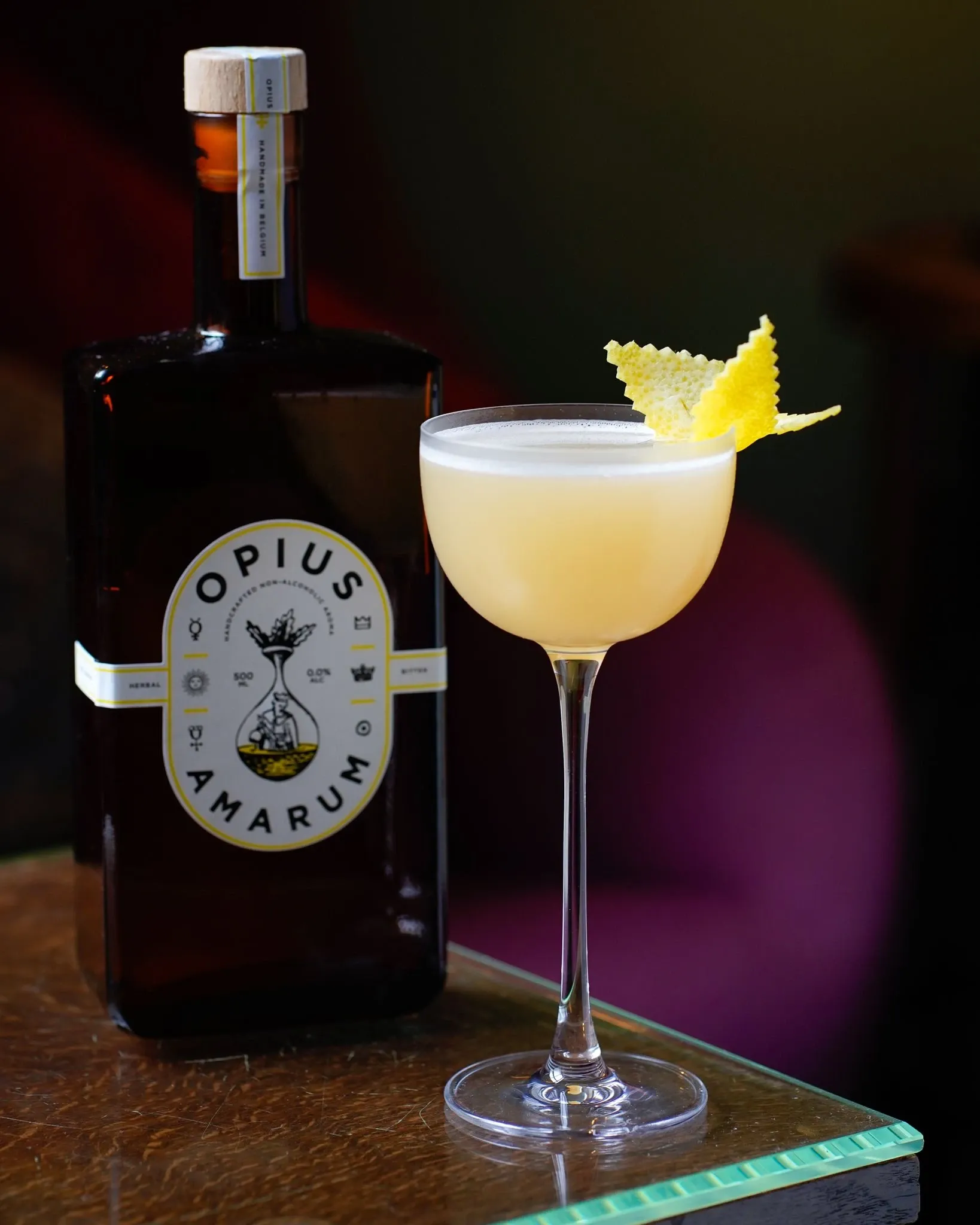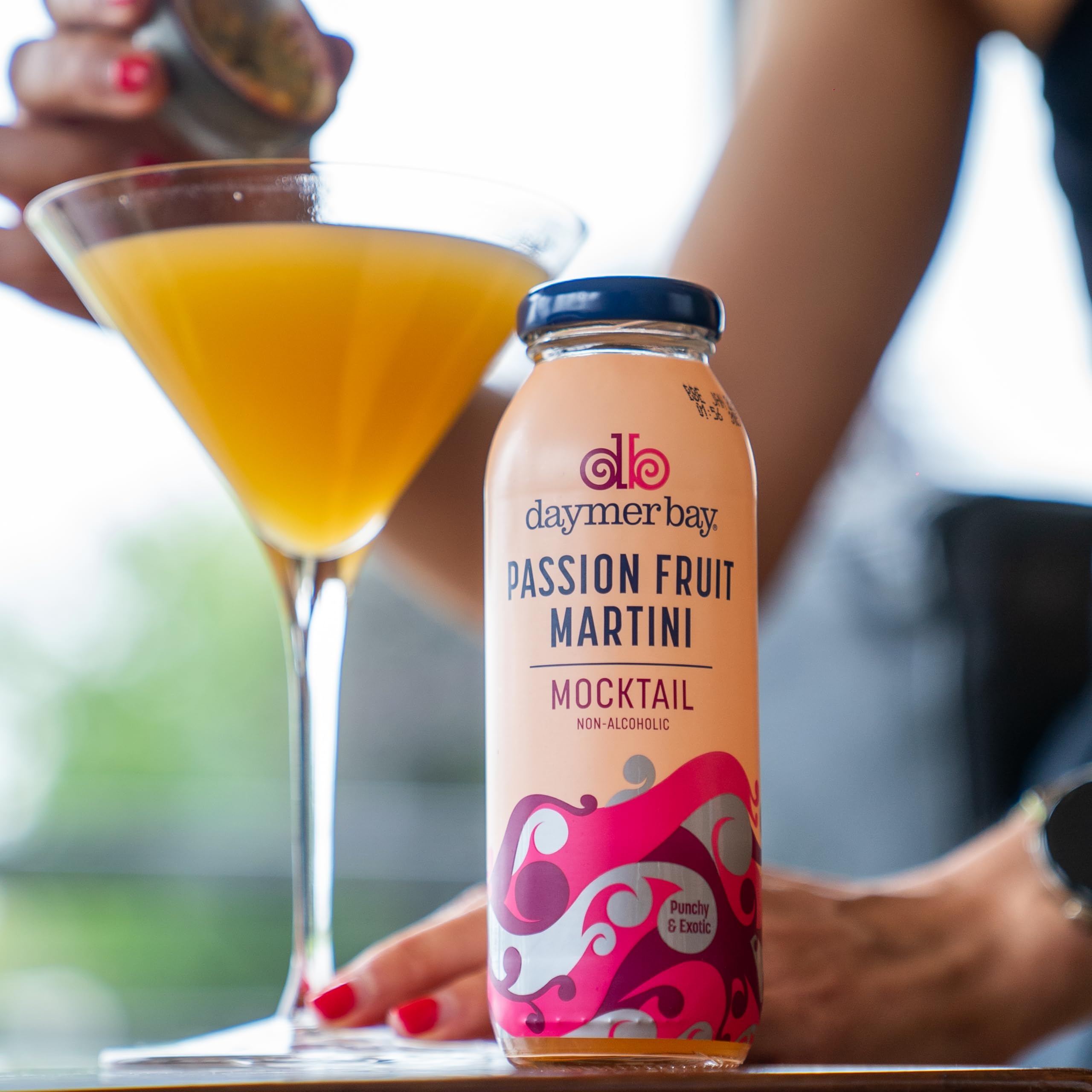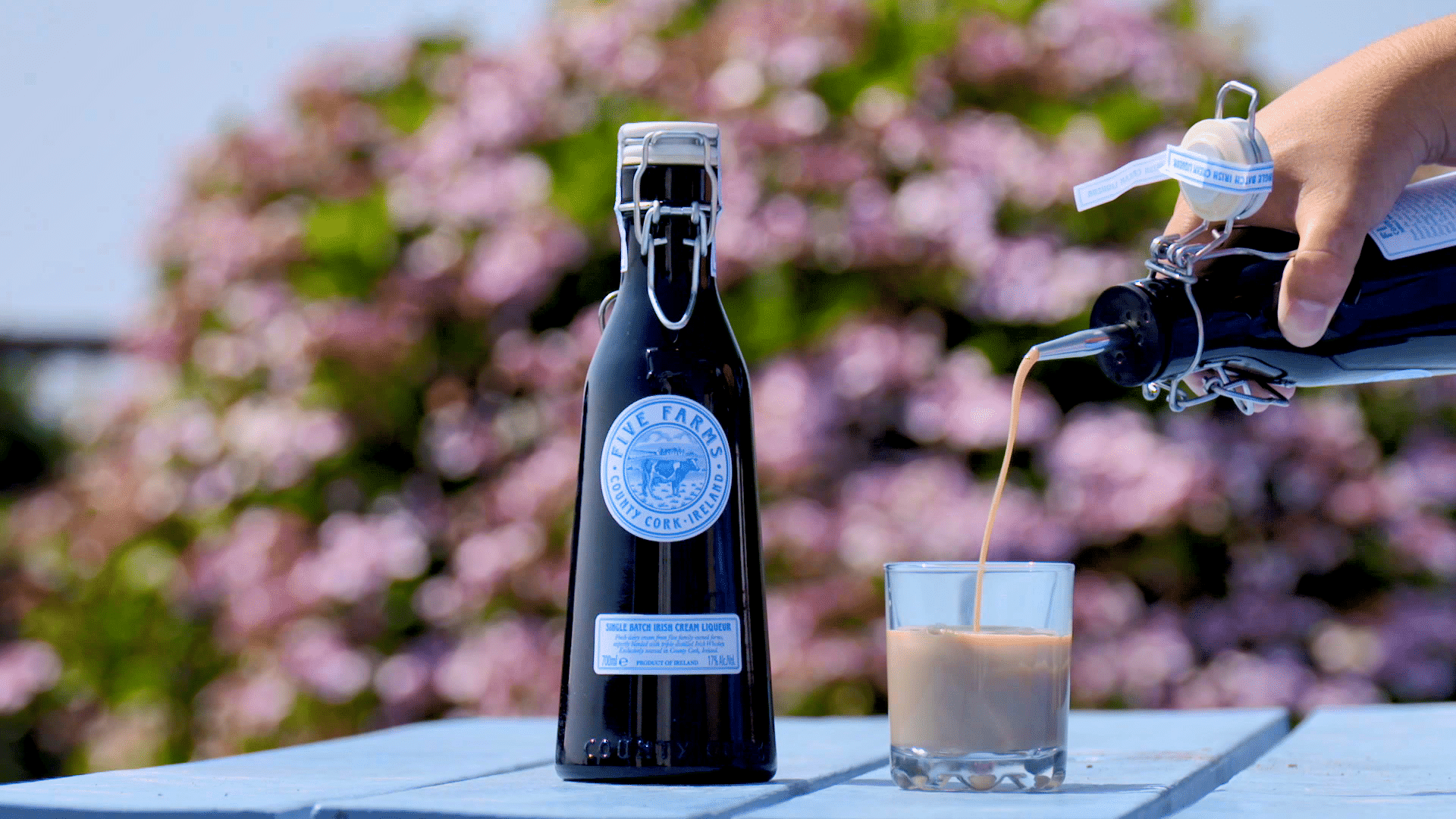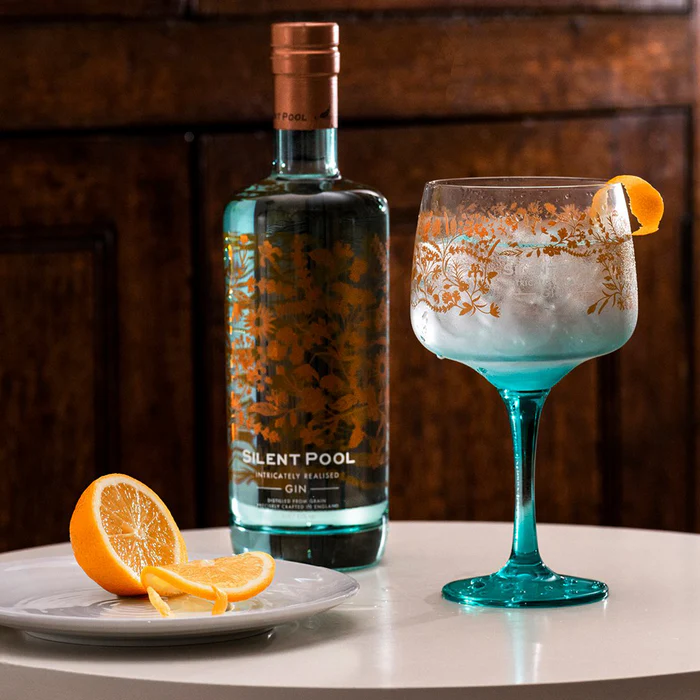Drinks Industry Insights 24/25
Introducing the Drinks Trends Report 24/25.
No longer mindlessly drinking or making unconsidered choices, the modern drinking consumer is becoming increasingly curious. The rise of premiumisation means consumers are happy to spend more, but in return they are seeking more - and this is manifesting as a wider and more authentic understanding of the origins, benefits and USP of their drink choices.
In our drinks industry insights report for 2024, we deep dive into this Consumer Curiosity - how it will shape the future direction of the alcohol and beverage industry, and highlight the trends and innovations from across the globe set to shape each sector.
We are delighted to share the 2024/25 Drinks Report, a deep dive into the future direction of the alcohol and beverage industry. As well as attending Imbibe Live 2024, the annual leading event for the UK drinks industry, the report highlights trends and innovations across the sector from global markets. The underlying theme across the various beverage sectors was Consumer Curiosity. No longer mindlessly drinking or making unconsidered beverage choices, Consumer curiosity sees consumers are increasingly invested in the origins and details of their drink. The rise of premiumization means consumers are spending more, but less frequently, and hence seeking more from their spend – including a comprehensive understanding of their drink’s origins, benefits and USP.
Themes Overview
No & low remains prevalent, but is migrating from the sober-curious sipper to those seeking Healthy Tipples.
Consumers seek more in-depth and end-to-end origin stories, resulting in the rise of Farm to Table brand narratives.
Authentic Explorers are becoming more adventurous when travelling the world through their palette.
New Flavor Innovations continue, defined by unique ingredients, classic reinventions and new drinking behaviors.
The Vodka Revolution is set to outperform the recent gin boom as the next spirit of the moment.
Key Trends

Healthy Tipples
The mindful consumer has been pivotal in shaping the industry in recent years, and shows no sign of receding. No & low popularity remains, as Gen Z continue to be more considered when drinking. But the messaging is shifting. Beyond sober curiosity, there is increasing emphasis on the health benefits of alternative drink options.
At Imbibe, natural ingredients and preserving nutrients shone through. Daily Dose’s juices are cold pressed to maintain richer nutritional content than traditional concentrate, whilst Everleaf delivered a specially created mocktail with The Vesper Bar, combining it Forest blend with turmeric; a spice noted for its health benefits.
Globally in 2023, 32% of people said they’d switched to no/low-alcohol drinks for health reasons - (Neilson, 2023)
Alcohol-free spirit startup Opius market their range as 'Extraordinary non-alcoholic ‘elixirs’. This aligns with messaging of ‘healing’ properties, alongside their brand identity of no-low that delivers the craftsmanship of aged spirits. From soft drink origins, fruit juice brand Daymer Bay has created a range of bottled mocktails to position their healthy juices as an alcohol alternative.
Alcohol brands are tapping into health-focused messaging too. For instance, the collaboration between Snoop Dogg and Doctor Dre for their ‘Gin & Juice’ subtly aligns with this trend despite its playful origins, whilst Avokado vodka is made from pop culture superfood favorite, the avocado.

43% of no/low alcohol consumers also occasionally choosing full-strength drinks - (IWSR, 2023)

This shift reflects a broader move towards a flexitarian approach. Consumers are choosing to still enjoy alcohol but less often - no longer taking an all-or-nothing approach, but of a softening of the movement, for smaller moments of wellness.
For example, wine is seeing more options with lower ABV %, reducing from 12% to 10% and lower, with ranges like NICE’s Session red and white options, whilst Fosters has released a lager shandy can. The shift in no & low messaging helps to broaden opportunities to deliver the self-satisfaction that the mindful drinker seeks.
Thought Starter
Is no & low a red herring?
As the mindful beverage category evolves, challenges remain for the No & Low sector - such as price point and shelf space. This raises the question: is there room for continued growth in an already crowded category?
Whilst the identity of the category may be changing, demand is still clear and coming from the future consumer. Premiumization reminds us that consumers are willing to spend more when they connect with a brand, so how can brands navigate the limitations of the no & low sector?
2/3 of American Gen-Zers agree that low-to-no alcoholic beer is going to become more commonplace in the future, compared with only 46% of millennials and 19% of Gen Xers - Civic Science, 2023
To compete in the crowded alcohol market, brands need to target drinking experiences and behaviors, as well as purchases. The non-alcoholic wine pairing menu at London-based fine dining restaurant Evelyn’s Table and Dry Disco’s sober night out are already thriving examples.
Brands must educate consumers on the quality and complex production of no & low options to justify their high price point. Partnering with high-end cocktail bars for menu space is a great way to elevate low & no brands in the eye of the consumer. Mayfair bars in London are already doing this with Seedlip, Lyre's & Everleaf creations frequenting their menu.
Farm to Table
The combination of premiumization and environmental conscience means consumers are increasingly seeking transparency and authenticity from brands; understanding the process and story of their drink’s origin is key. Sustainability pledges and isolated actions alone are not enough – brands must build their identity and tell their story in a compelling and honest way to ensure they not only catch attention but hold it.

At Imbibe, small brands celebrated their heritage. Five Farms Irish Cream Liqueur is eponymously named after the 5 dairy farms their ingredients are sourced from, and they pay homage with their traditional milk bottle packaging.
Gattortop Vodka’s damson & elderflower flavors are inspired by the English countryside. orchards where they are distilled,
Three Counties Spirits’ brand story encapsulates founder Luke’s Milton Keynes chef origins at the heart of their identity; distilled in small batches to ensure quality flavour, like the kitchen dishes of Luke’s background.
Thornbridge Brewery celebrate their Peak District heritage through every sip of beer with their signature pint glass design, depicting the ‘rugged landscape, recreational sports and pastimes’ of the Peak District on the glassware.


Multi-national brands are also targeting origin stories; Damm’s Rosa Blanca beer delivers ‘A Taste of Majorca’ from its Mediterranean roots.
William Grant & Sons has recently acquired the hugely popular Silent Pool gin; a small Surrey distillery with its identity built around the local nature point of the same name. Through incorporating these stories, big brands are striving to maintain relevance and appeal in a market that values authenticity.
Thought Starter
How do brands set their story apart?
A compelling brand story should not only highlight origins and quality, but also reflect the values and ethos of the brand. How can brands do this? One method is by bringing it to life through a physical or digital experience. Johnnie Walker’s Prince’s Street Experience combines both with their immersive whisky tour, taking customers through their history of the brand, whilst 19 Crime wines’ digital AR labels bring the stories that inspired their branding to life when consumers scan the bottle with their phone.
"68% of consumers say that brand stories influence their purchasing decisions" - Brand Shop 2024
In actively engaging consumers in their origin story, brands can ensure they are connecting it to the drinking experience itself, not just as side note or something overlooked. It is contributing to that key final nudge in the moment of choice.

And this doesn’t just have to be limited to higher budget options – brands can bring their story into the shopper journey through simple retail cues such as display cards or corrugate displays. Wines often share their origin, but other beverages are starting to do this too – such as Sainsbury’s ‘Find His Whisky’ activation for Father’s Day, that offered bios of each whisky to propel the consumers decision process.

